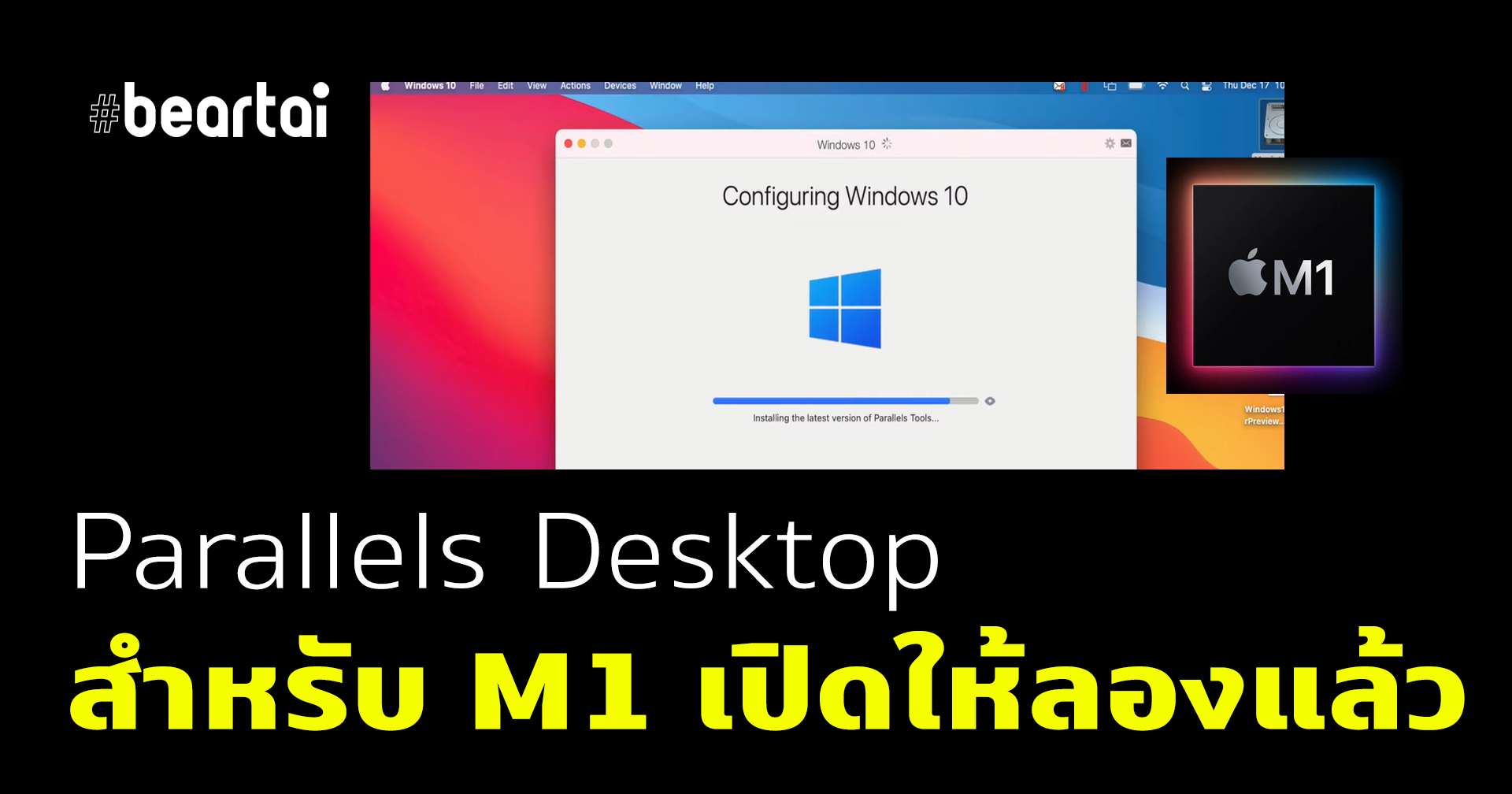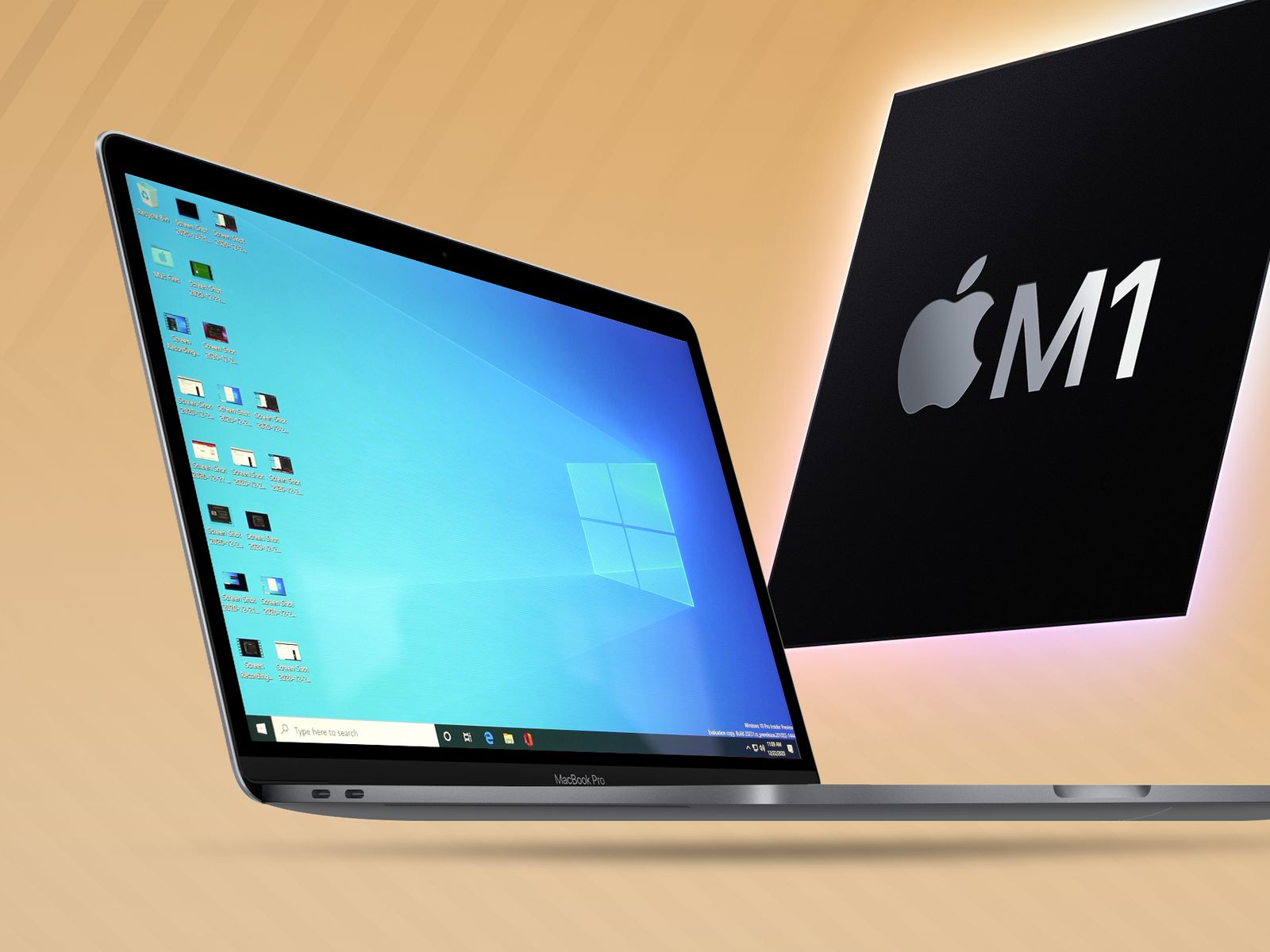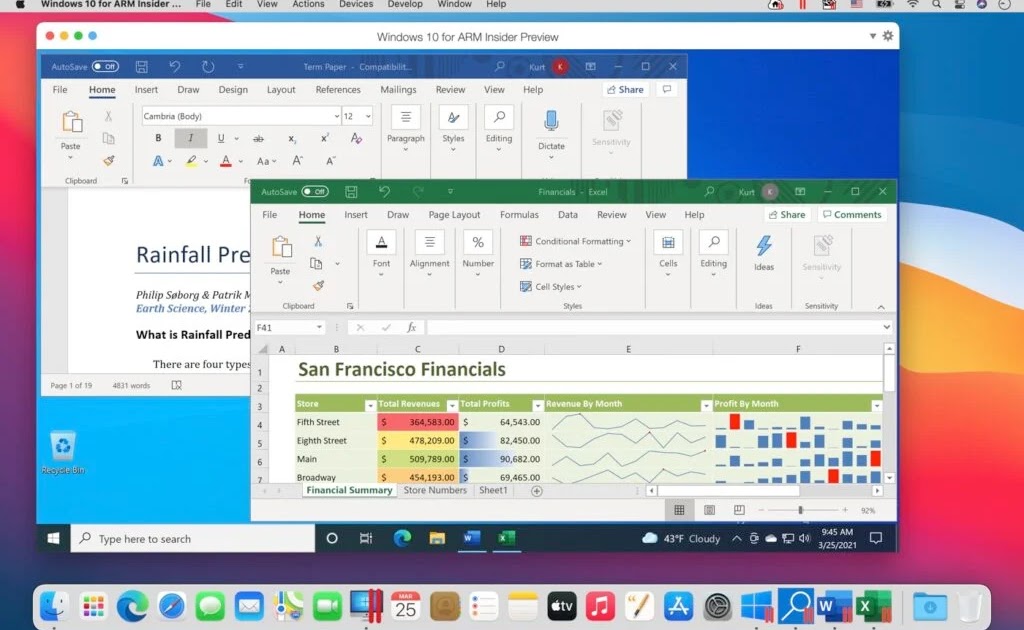
- LINUX ON PARALLELS M1 HOW TO
- LINUX ON PARALLELS M1 DRIVERS
- LINUX ON PARALLELS M1 SOFTWARE
- LINUX ON PARALLELS M1 PC
Microsoft has made a concerted effort to offer support for Apple's services in Windows, such as iCloud Photo support, so it's likely the company will continue to develop iMessage integration. This integration is still in its infancy, so it will be interesting to see how the project continues to grow in the near future.


While iMessage is probably the most exciting integration, Phone Link can also handle calls and contacts. In other words, the only messages that will be displayed in Phone Link are those that are sent or received after the link is set up. Lastly, the message history won't sync over. Additionally, Phone Link can neither send nor receive media in messages. For one, group messaging is not supported in SMS or iMessage. There are, unfortunately, some major drawbacks in the integration's current state.
LINUX ON PARALLELS M1 PC
Through the preview, iPhone users will be able to send both SMS and iMessage texts through Windows, as well as receive incoming messages directly on their PC desktop. One of these features is messaging, including Apple's iMessage system. Select Insiders will be able to link their iPhones through the Phone Link app to sync certain parts of iOS with their Windows computer via Bluetooth. The integration is now available for certain Windows Insiders via the Phone Link app (version 1.23012.169.0). However, Microsoft may punch a hole in Apple's walled garden with the introduction of iMessage support in Windows 11. You can message contacts on your iPhone via iMessage and continue the conversation on your Macbook with no interruptions so long as the messages use Apple's iMessage protocol, the entire conversation will show up on all your Apple devices.
LINUX ON PARALLELS M1 DRIVERS
Apple's M1 chip is the first target, but the Asahi Linux Project notes that "we are in a unique position to be able to try writing drivers that will not only work for the M1, but may work -unchanged- on future chips as well.One of the best things about Apple's ecosystem is the tight integration between devices. In time, the Asahi Linux Project plans to release a version of Arch Linux ARM for anyone to try. So far there's only an alpha installer available and it's aimed squarely at developers. The post notes that while no GPU support has been added yet, "the M1's CPUs are so powerful that a software-rendered desktop is actually faster on them" compared with comparable 64-bit ARM processors. The blog post details the progress made so far, where several key and low-level drivers have been merged into Linux kernel 5.16. One developer, Alyssa Rosenzweig, tweeted of her excitement: The announcement was made in a blog post on the Asahi Linux blog. My account is in the plugdev group, the udev rules. Using a Coral AI offload accelerator (its sold by Google), Im able to see the device from within my Debian install, lsusb for instance happily shows the device on the bus. Apple computers that use the M1 chip are now usable as desktop Linux machines. I have Debian (aarch64 version) installed running on parallels and seem to be having issues with access to USB devices. In September 2021 the project reached an important milestone. The Asahi Linux Project is a collective effort to bring Linux to Apple's new desktop platform. There are already Linux distributions that are built for "true" ARM-based processors, but Apple Silicon is a different beast that requires a new approach. They underpin many of the advancements Apple has managed to squeeze into its latest Mac models, but this poses an issue for Linux support. In true Apple fashion, these differences are proprietary and heavily guarded.
LINUX ON PARALLELS M1 SOFTWARE
Since Apple Silicon is ARM-based, it borrows heavily from ARM but the software still needs to be adapted specifically for it. In doing so, they also removed the ability to run commonly available x86 operating systems.
LINUX ON PARALLELS M1 HOW TO
Related: How to See If an App Runs on an M1 Mac With Apple SiliconĪpple made this switch for a range of reasons including big performance gains and a better performance-to-watt ratio. For native Mac applications, Apple revived the Rosetta transpiler that translates and compiles x86 apps for the new architecture. It's based on ARM which requires a different instruction set, and that means that software written for x86 isn't natively compatible.

Apple Silicon uses a different architecture entirely.


 0 kommentar(er)
0 kommentar(er)
